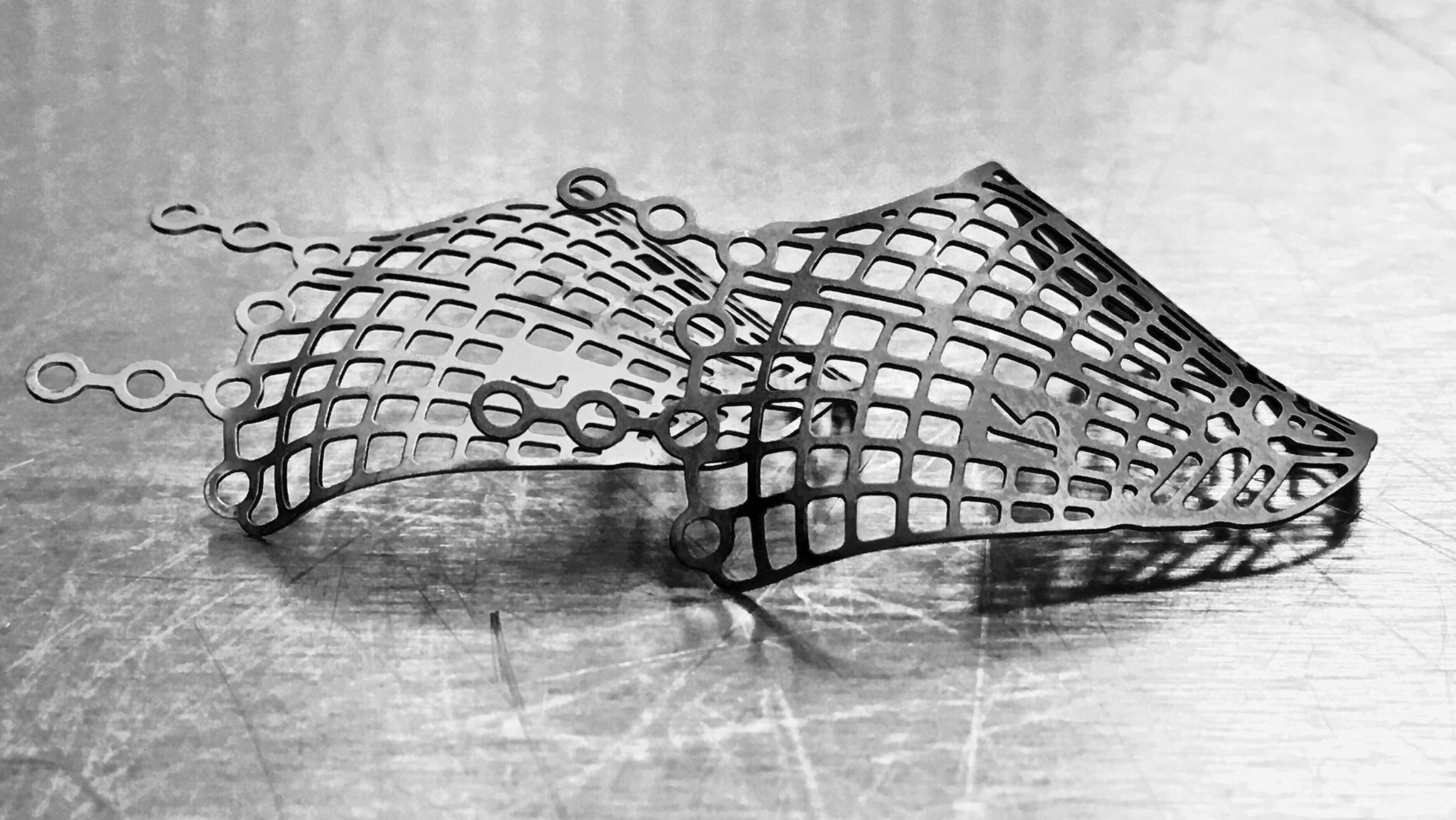Medical implants often need to be installed in an operating room. Pacemakers and cochlear hearing aids, for example, require invasive surgery for both installation and removal. What if an implant that harmlessly dissolves in the body could be made and installed without invasive surgical procedures? A team of researchers from Tufts University, the University of Illinois at Urbana-Champaign, and Northwestern University, has created a dissolvable medical implant that does just that.
Image Source: BaoBao Ou
The researchers used a modified version of silk from silkworm cocoons to coat silicon and magnesium circuits. These circuits are closed loops that utilize electricity to power various devices, and can be programmed to dissolve in a certain time frame by adjusting the thickness of the silk fibers. The implant itself was designed to be flexible; it is only nanometers thick and accommodates wounds of all sizes. According to Yonggang Huang, an engineer at Northwestern University, the team used safe levels of silicon and magnesium and “selected materials familiar to the human body” so the implant could be harmlessly absorbed by the body. So far, the implant has been tested in rats to fight infection by using heat to kill bacteria; the only material remaining after three weeks were a few silk fibers. The success of these preliminary trials demonstrates the potential for this technology to be used in other applications: programmed drug delivery, electric stimulation to treat brain diseases, and pain mitigation, to name a few. It can even potentially be used outside of medicine to reduce waste from consumer electronics.
However, dissolvable implants won’t be used anytime soon; they still require FDA approval and a reliable method of mass production, but this advancement opens up a lot of opportunities for new, exciting developments in the medical field.
Feature Image Source: Orbital implants Plate Left and Right – Augenhöhlen Implantate Platten Links & Rechts by ANBerlin










